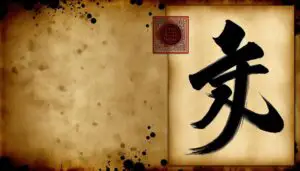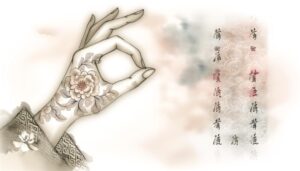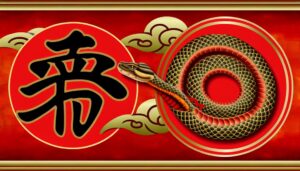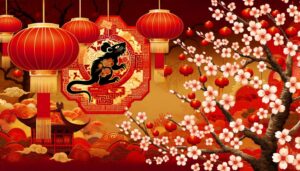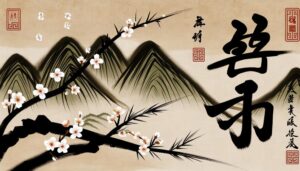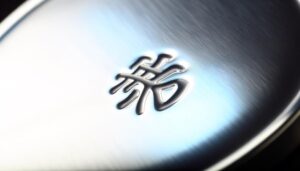What Is the Chinese Symbol for Strength?
The Chinese character for strength is 力 (lì). It originated from oracle bone inscriptions during the Shang Dynasty, reflecting agricultural tools and symbolizing physical power.
Over centuries, it evolved to encompass intellectual and moral fortitude. Culturally, 力 (lì) represents resilience and determination, integral to Confucian, Daoist, and Buddhist philosophies.
Its artistic portrayal in calligraphy emphasizes bold strokes, mirroring its profound essence. Modern usages in fashion, literature, and media highlight its universal appeal, symbolizing empowerment.
Exploring its journey through history and cultural dynamics uncovers its layered significance, offering deeper insights into its enduring legacy.
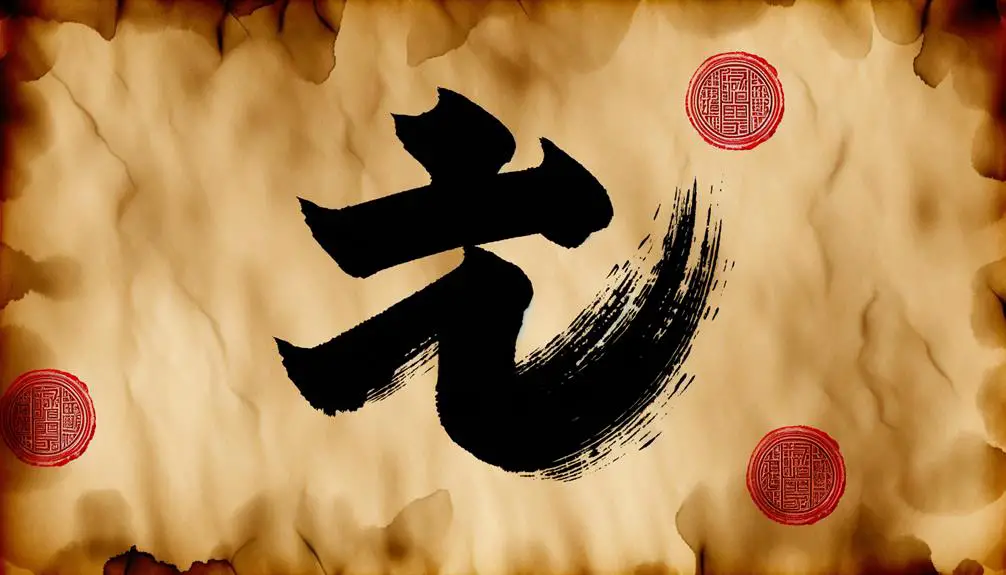
Key Takeaways
- The Chinese character for strength is 力 (lì), symbolizing physical power and resilience.
- Originating from oracle bone inscriptions, 力 (lì) has evolved to represent enduring capability and moral fortitude.
- In Chinese culture, 力 (lì) signifies determination, perseverance, and overcoming adversity.
- Calligraphy of 力 (lì) emphasizes bold, dynamic strokes reflecting resilience and vigor.
- Modern usage of 力 (lì) includes apparel, tattoos, and digital media, symbolizing empowerment and determination.
Origin of the Symbol

The Chinese character for strength, '力' (lì), has its origins deeply rooted in ancient Chinese script, dating back to oracle bone inscriptions from the Shang Dynasty (c. 1600–1046 BCE).
This early form of the character was often depicted as a simple, pictorial representation of a plow or an agricultural tool, symbolizing physical power and labor. In ancient agrarian society, the concept of strength was intrinsically linked to the ability to till the land and produce sustenance.
The ideogram evolved to encapsulate not only physical fortitude but also resilience and enduring capability. As a fundamental character, '力' has maintained its core meaning throughout millennia, underscoring its significant role in Chinese linguistic and cultural heritage.
Historical Evolution
The historical evolution of the Chinese symbol for strength can be traced back to its origins in ancient script forms such as Oracle Bone Script and Bronze Inscriptions.
Over successive dynasties, especially during the Qin and Han periods, the symbol underwent significant transformations reflecting political and cultural shifts.
In modern times, the interpretation of this symbol has further evolved, adapting to contemporary contexts while retaining its foundational essence.
Ancient Script Origins
Emerging from the intricate tapestry of early Chinese civilization, the symbol for strength (力, lì) has undergone a fascinating evolution, reflecting shifts in cultural, philosophical, and linguistic paradigms over millennia.
Initially found in oracle bone inscriptions dating back to the Shang Dynasty (c. 1600-1046 BCE), the character's earliest forms depicted a physical representation of a muscular arm. This pictographic quality was intrinsic to early Chinese script, which aimed to visually convey meaning.
As Chinese writing progressed through the bronze inscriptions of the Zhou Dynasty (c. 1046-256 BCE) and the subsequent development of the seal script, the character for strength gradually evolved into a more abstract and standardized form, mirroring broader trends in the centralization and formalization of Chinese script.
Dynastic Changes Impact
As Chinese script evolved through successive dynasties, each period's sociopolitical and cultural shifts left indelible marks on the character for strength, encapsulating the dynamic interplay between linguistic development and historical context.
During the Zhou Dynasty, the oracle bone script depicted strength with a pictograph resembling an arm, symbolizing physical might.
Advancing into the Han Dynasty, the character underwent formalization in the clerical script, reflecting centralized governance and standardization efforts.
The Tang and Song Dynasties saw further refinements, as cursive and regular scripts emerged, emphasizing aesthetic grace while maintaining semantic integrity.
Each transformation was not merely cosmetic but deeply entwined with the era's philosophical and administrative ethos, illustrating the symbiotic relationship between script evolution and historical forces.
Modern Interpretation Shift
Modern interpretations of the Chinese character for strength reflect a nuanced amalgamation of historical evolution, cultural shifts, and contemporary societal values.
Historically, the character 強 (qiáng) symbolized physical might and military prowess. However, as Chinese society evolved through various dynasties and modernized, the conceptualization of strength diversified.
In contemporary discourse, strength encompasses not only physical endurance but also mental resilience, moral fortitude, and emotional stability. This shift mirrors broader cultural trends emphasizing holistic well-being and personal development.
Additionally, the influence of global perspectives has led to the integration of more inclusive definitions of strength, resonating with modern values of equality and psychological health. Therefore, the character continues to evolve, embodying a richer, multifaceted notion of strength.
Cultural Significance
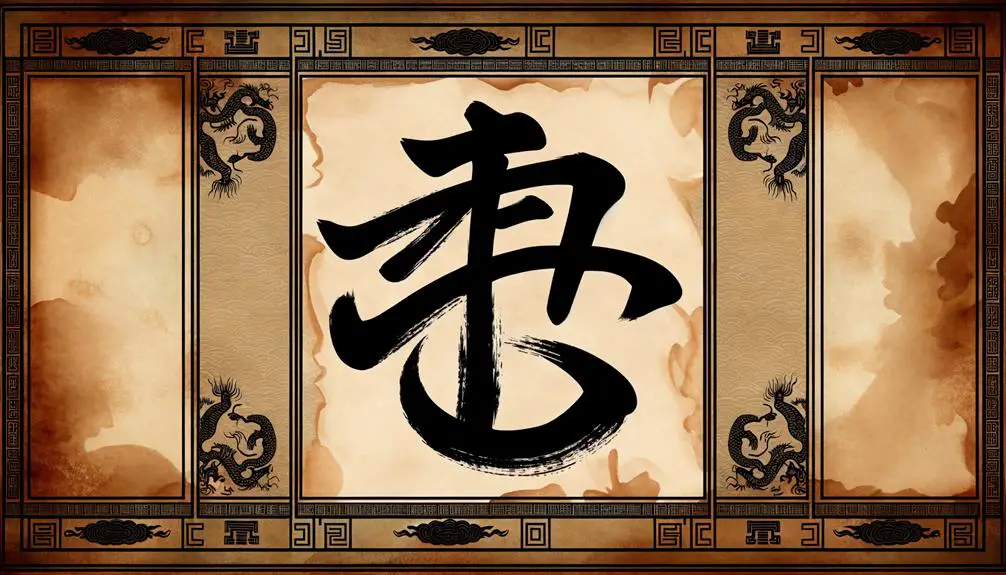
The Chinese character for strength, '力' (lì), holds profound cultural significance, representing not only physical power but also resilience, determination, and moral fortitude throughout Chinese history.
Historically, the character '力' has been integral in Chinese literature and philosophy, often symbolizing the virtues necessary for overcoming adversity. In ancient texts, it is frequently associated with legendary heroes and sages, embodying the essential qualities required for leadership and personal growth.
Moreover, '力' is deeply embedded in the ethos of Chinese martial arts, where it signifies the inner strength and discipline needed for mastery. Across centuries, this character has transcended mere physicality to encompass the broader concept of inner strength, reflecting the enduring values of the Chinese cultural heritage.
Philosophical Interpretations
Philosophical interpretations of the Chinese character '力' (lì) explore its representation of not only physical might but also the profound inner strength that underpins human resilience and moral integrity.
Historically, '力' has been associated with Confucian ideals, emphasizing perseverance and self-discipline as essential virtues.
In Daoist philosophy, it symbolizes the harmonization of inner and outer strength, advocating for a balance between effort and natural flow.
The character also resonates with the Buddhist concept of mental fortitude, embodying the strength to overcome suffering and attain enlightenment.
Therefore, '力' encapsulates a multidimensional view of strength that transcends mere physical power, embodying qualities essential for personal growth and societal harmony.
Artistic Representations
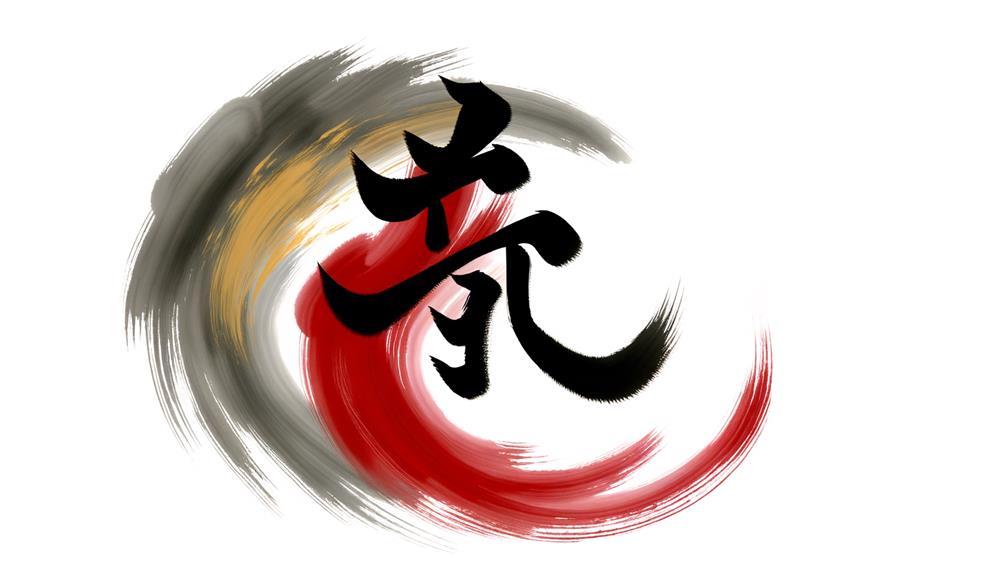
The artistic representations of the Chinese symbol for strength have evolved greatly, encompassing both traditional calligraphy techniques and modern design interpretations.
Historically, the meticulous brush strokes in classical calligraphy have conveyed not only aesthetic beauty but also the philosophical essence of strength.
In contrast, contemporary adaptations often integrate digital media and minimalist design, reflecting a fusion of cultural heritage with current artistic trends.
Traditional Calligraphy Techniques
In the domain of traditional Chinese calligraphy, the artistic representation of the symbol for strength, 力 (lì), is imbued with profound historical significance and meticulously honed techniques that have evolved over centuries. Calligraphers emphasize the balance and fluidity of each stroke, ensuring that the character exudes the essence of strength.
The following techniques are paramount:
- Brush Pressure: Varying pressure to create thick and thin lines that convey dynamism and power.
- Stroke Order: Adhering to traditional stroke orders to maintain structural integrity and aesthetic harmony.
- Ink Consistency: Using specific ink consistencies to achieve the desired texture and intensity.
These elements combined create a masterful depiction that resonates with the symbolic strength embedded in the character.
Modern Design Interpretations
While traditional techniques preserve the historical essence of the Chinese symbol for strength, contemporary artists have reimagined this character to fit modern aesthetics and contexts.
Modern design interpretations often incorporate minimalist lines, bold colors, and digital media, reflecting a fusion of heritage and innovation. These artistic representations are frequently seen in graphic design, fashion, and interior decor, symbolizing resilience and empowerment in a globalized world.
By utilizing abstract forms and dynamic compositions, artists convey strength's multifaceted nature while maintaining the character's intrinsic meaning. This evolution underscores a dialogue between tradition and modernity, enabling the symbol to remain relevant and influential in contemporary culture.
Consequently, the Chinese symbol for strength continues to evolve, encapsulating both historical depth and modern creativity.
Modern-Day Usage
Contemporary applications of the Chinese symbol for strength, '力' (lì), can be observed in diverse areas such as fashion, body art, and motivational contexts, reflecting its enduring cultural significance and adaptability. This symbol resonates across various mediums, serving as a potent emblem in modern society.
Fashion:
The symbol is frequently incorporated into apparel and accessories, symbolizing empowerment and resilience.
Body Art:
Tattoos featuring '力' (lì) are popular among those wishing to embody physical and emotional fortitude.
Motivational Contexts:
In literature and digital media, '力' (lì) is often used in inspirational quotes and artworks to encourage perseverance and determination.
Each application underscores the timeless relevance of '力' (lì) in contemporary culture.
Symbol in Calligraphy
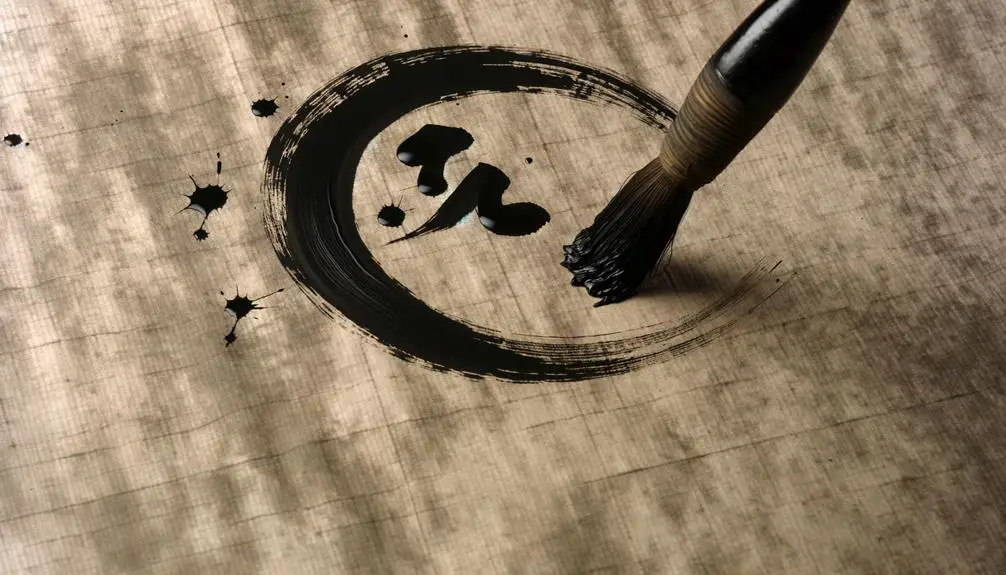
The Chinese symbol for strength, '力' (lì), holds a revered place in the art of calligraphy. Its bold, dynamic strokes are meticulously crafted to embody both aesthetic beauty and profound meaning.
Historically, calligraphy has been a prestigious art form in Chinese culture. The character '力' symbolizes resilience and vigor. The meticulous execution of its strokes—each balanced yet forceful—reflects the essence of strength itself.
Calligraphers aim to convey not only the character's literal meaning but also its emotional and philosophical depths. The traditional tools of brush and ink bring a tactile richness to the character, allowing for variations in stroke thickness and intensity.
This enhances the viewer's experience of its inherent power and elegance.
Influence on Popular Culture
Beyond its esteemed role in calligraphy, the Chinese symbol for strength ('力', lì) has permeated popular culture, influencing various forms of media and artistic expression worldwide.
This symbol has found resonance across different cultural landscapes, symbolizing resilience and empowerment.
Fashion and Jewelry: The character is frequently incorporated into designs for clothing, accessories, and tattoos, epitomizing inner strength for the wearer.
Film and Literature: It is often featured in movies and books, especially within genres that emphasize martial arts or personal growth, enhancing narratives with an authentic cultural touch.
Video Games and Animation: Characters often bear this symbol, either as part of their design or lore, to convey attributes of power and perseverance.
This widespread assimilation underscores its universal appeal and enduring relevance.
Conclusion
The Chinese symbol for strength, much like an ancient tree with deep roots and widespread branches, embodies a rich historical evolution, profound cultural significance, and diverse philosophical interpretations.
Its presence in artistic representations, modern-day applications, and calligraphy underscores its enduring influence.
With a lasting impact on popular culture, this symbol continues to be a powerful emblem of resilience and fortitude, reflecting the timeless nature of human endurance and the perpetual quest for inner strength.

